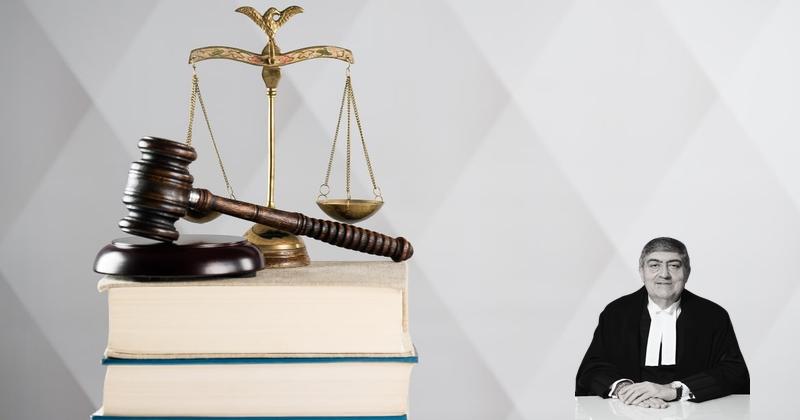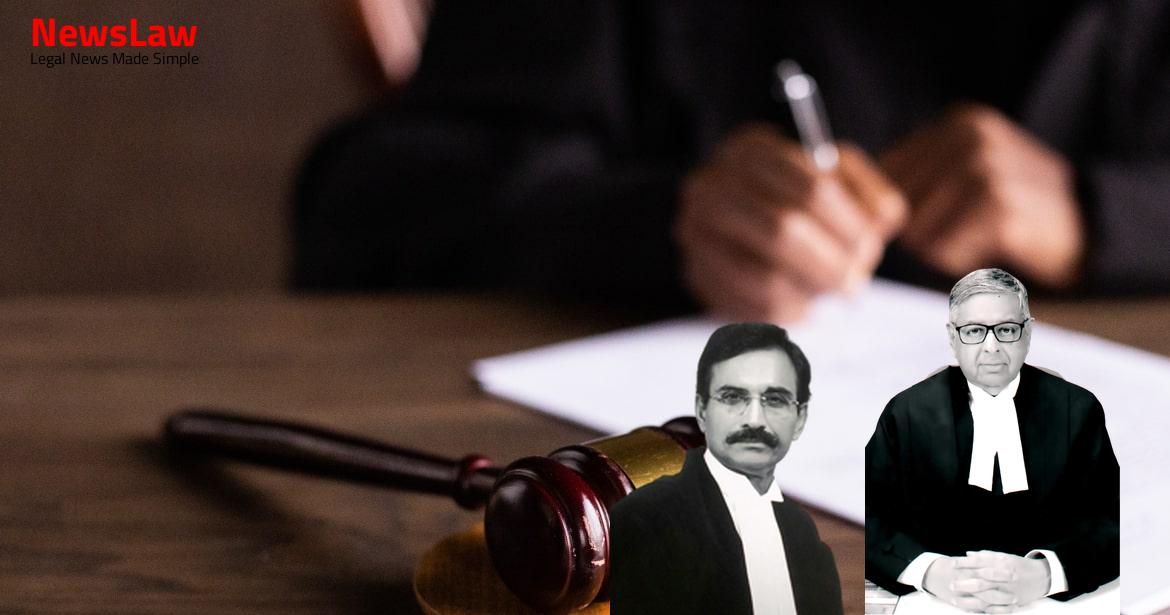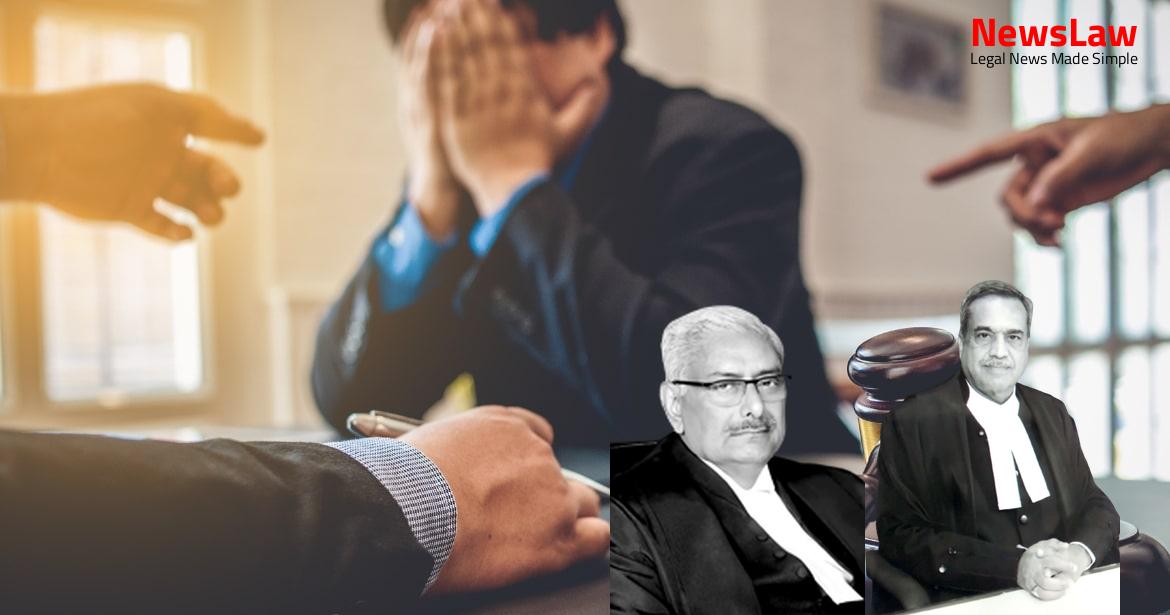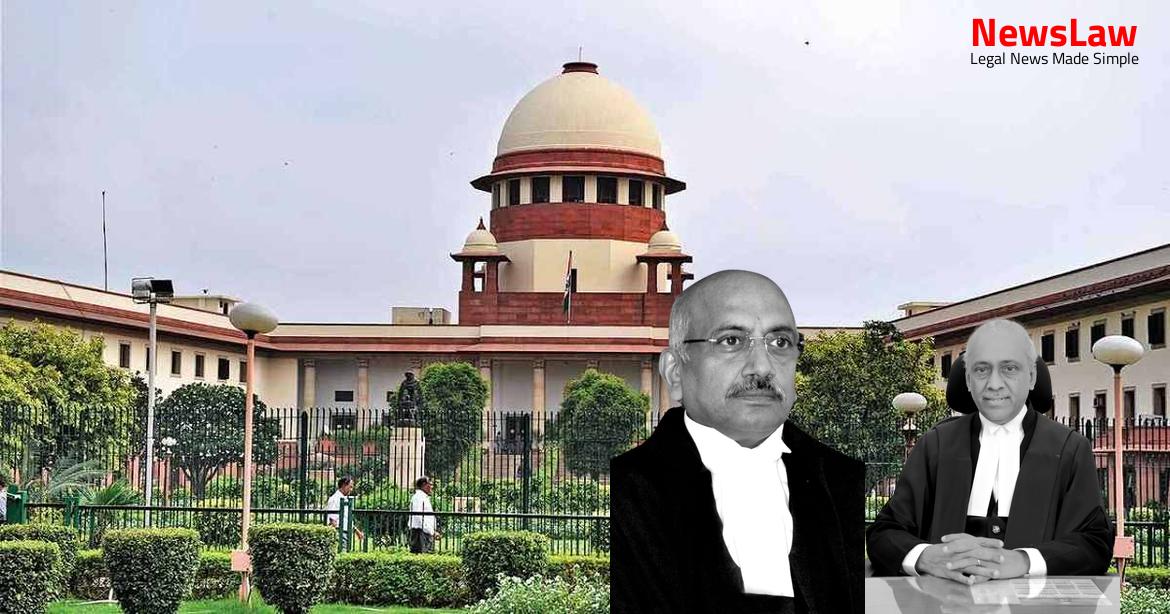The suit was dismissed on 30.10.2002, inter alia, on a finding that the plaint was not laid in accordance with Section 14(3) of the Rajasthan Premises (Control of Rent and Eviction) Act, 1950 (hereinafter referred to as ‘ the said Act ’), which proscribed the filing of a suit for eviction within five years from the date on which the premises were let out to the tenant.
Also Read: https://newslaw.in/supreme-court/selection-and-appointment-of-judicial-officers-in-himachal-pradesh/
This was based on a stated admission of the respondent that he had initially leased the shop from one Udai Lal in 1958 and, thus, the suit could not be said to be hit by the restriction under Section 14(3) of the said Act. The first view was that Section 14(3) of the said Act created a complete prohibition on filing of a suit within five years of the tenancy.
was that irregularity of a petition filed within five years of tenancy would get cured by the decree of eviction being made after the expiry of such period. Restriction on eviction: – (3) Notwithstanding anything contained in any law or contract, no suit for eviction from the premises let out for commercial or business purposes shall lie against a tenant on the ground set forth in clause (h) of sub-section (1) of section 13 before the expiry of five years from the date the premises were let out to the tenant.” Appellant’s Contention before this Court :
It is canvassed by the appellant that a literal interpretation of Section 14(3) of the said Act would lead to absurdity. (3A) Where a landlord has acquired his interest in the premises by transfer, no suit for the recovery of possession of the premises on any of the grounds mentioned in clause (f) or clause (ff) of sub-section (1) shall be instituted by the landlord before the expiration of a period of three years from the date of his acquisition of such interest: Provided that a suit for the recovery of possession of the premises may be instituted on the ground mentioned in clause (f) of sub-section (1) before the expiration of the said period of three years if the Controller, on the application of the landlord and after giving the tenant an opportunity of being heard, permits, by order, the institution of the suit on the ground that the building or re- building, or the additions or alterations, as the case may be, are necessary to make the premises safe for human habitation.” Appellant contended that ‘ shall lie ’, which is the expression used in Section 14(3) of the said Act, implies that the suit would lie defective for five years and thereafter stand cured.
Padmini Chandrasekharan (Dead) by LRs were not applicable, as the said case dealt with Section 4(1) of the Benami Transactions (Prohibition) Act, 1988, which provided for an absolute bar on filing of the suit unlike Section 14(3) of the said Act.
When we turn to the facts of the present case, what stares us in the face is that while the suit may have been defectively instituted within five years of the tenancy, more than 38 years have now elapsed since the suit was filed. The plea of the respondent is that the appellant should be asked to file a fresh suit – perhaps their confidence stems from the fact that if the tenant has already been able to prolong the proceedings for 38 years, a similar scenario would again follow.
Banerjee’s case dealt with the constitutional validity of a retrospective amendment and whether the bar could be applied to pending litigation, but that itself would not dilute its ratio. We are thus of the view that the objective of Section 14(3) of the said Act, being the safeguarding of the tenant for five years, was subserved by the proceedings going on for the requisite period of time and beyond it within which the tenant could not have been evicted.
We, thus, see no real question of law arising in the present case which would be determined in the second appeal were we to remit the matter back, particularly as the real question relating to the interpretation of the law has been discussed by us. We also believe that so much time having passed, it would be a mockery of justice to make the parties to go through another round in the second appeal.
July 11, 2023.
Case Title: RAVI KHANDELWAL Vs. M/S TALUKA STORES (2023 INSC 615)
Case Number: C.A. No.-004364-004364 / 2023



